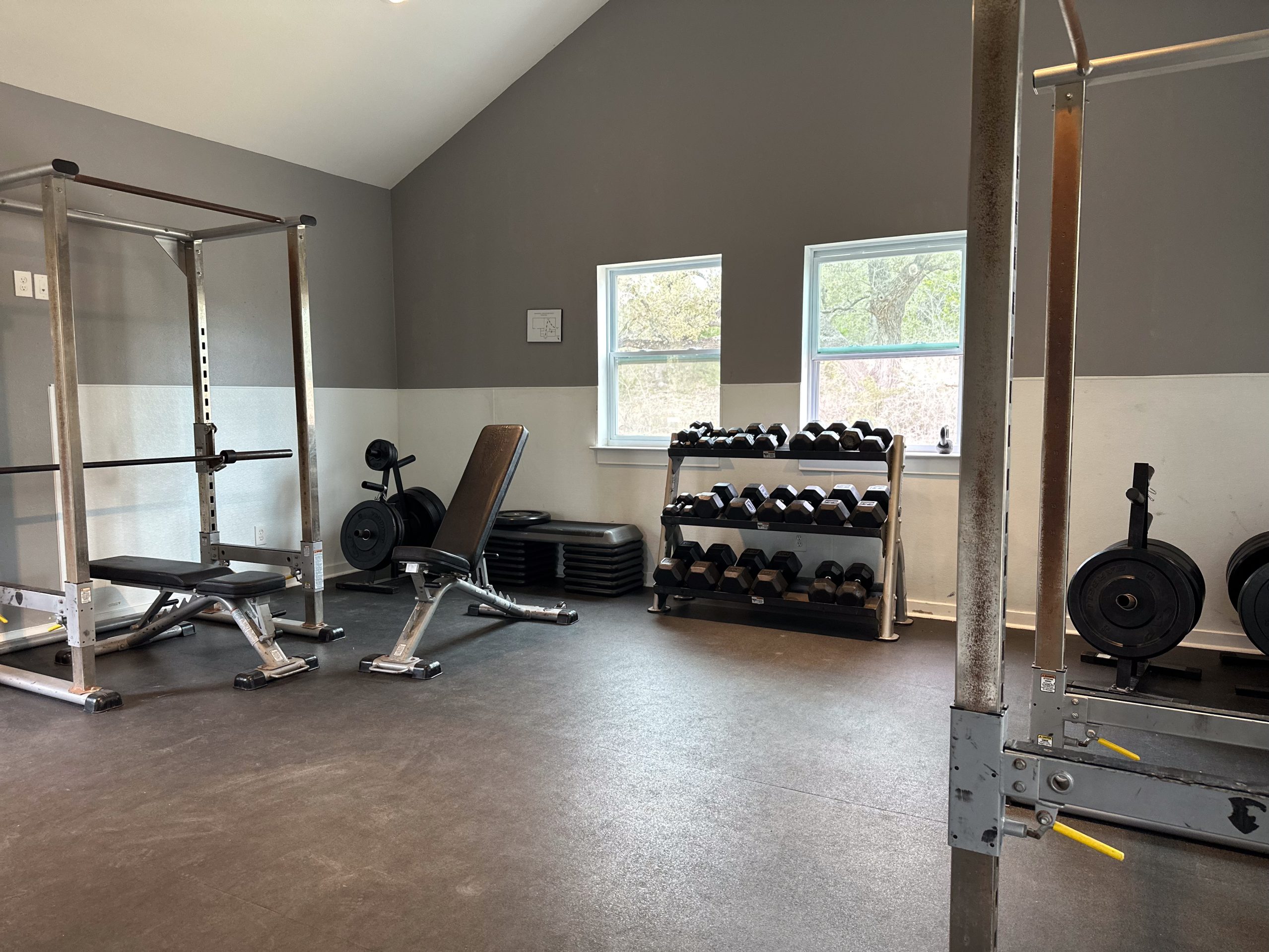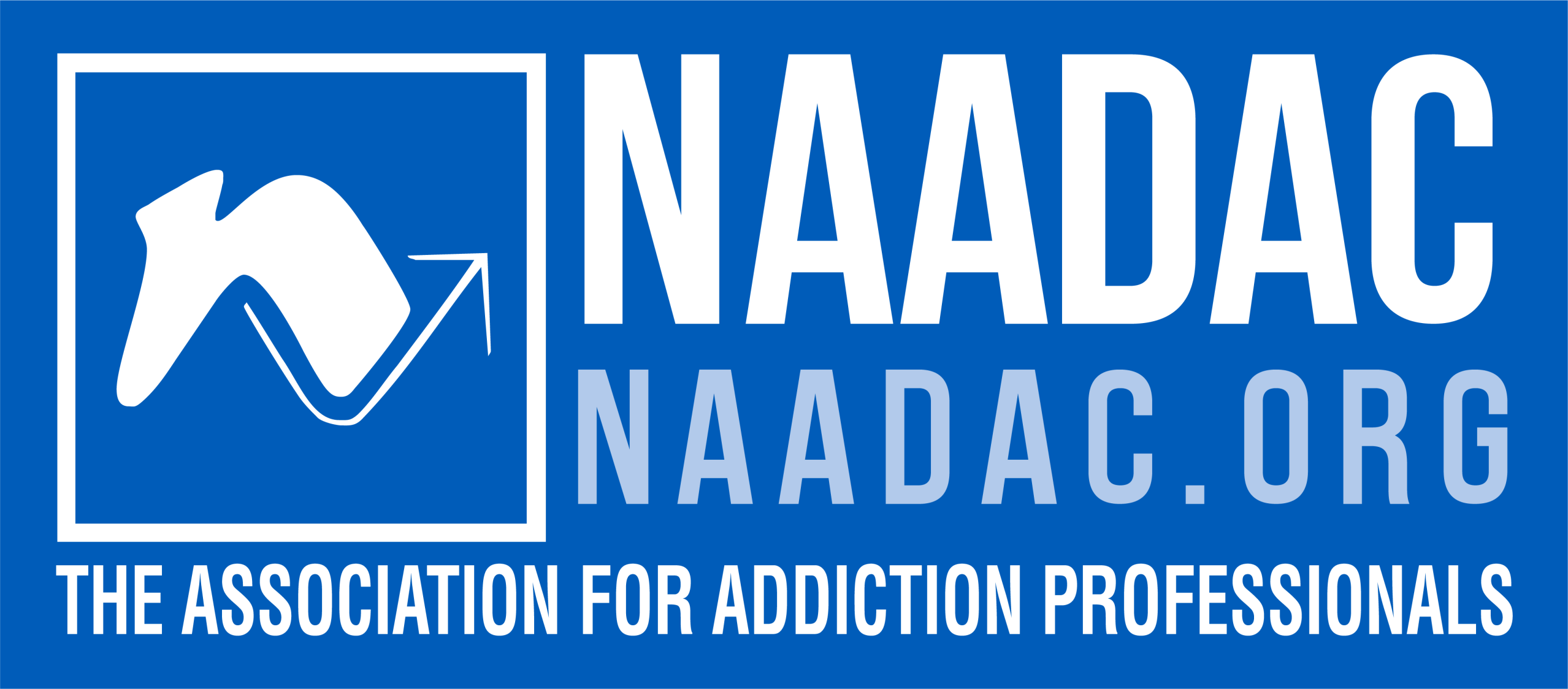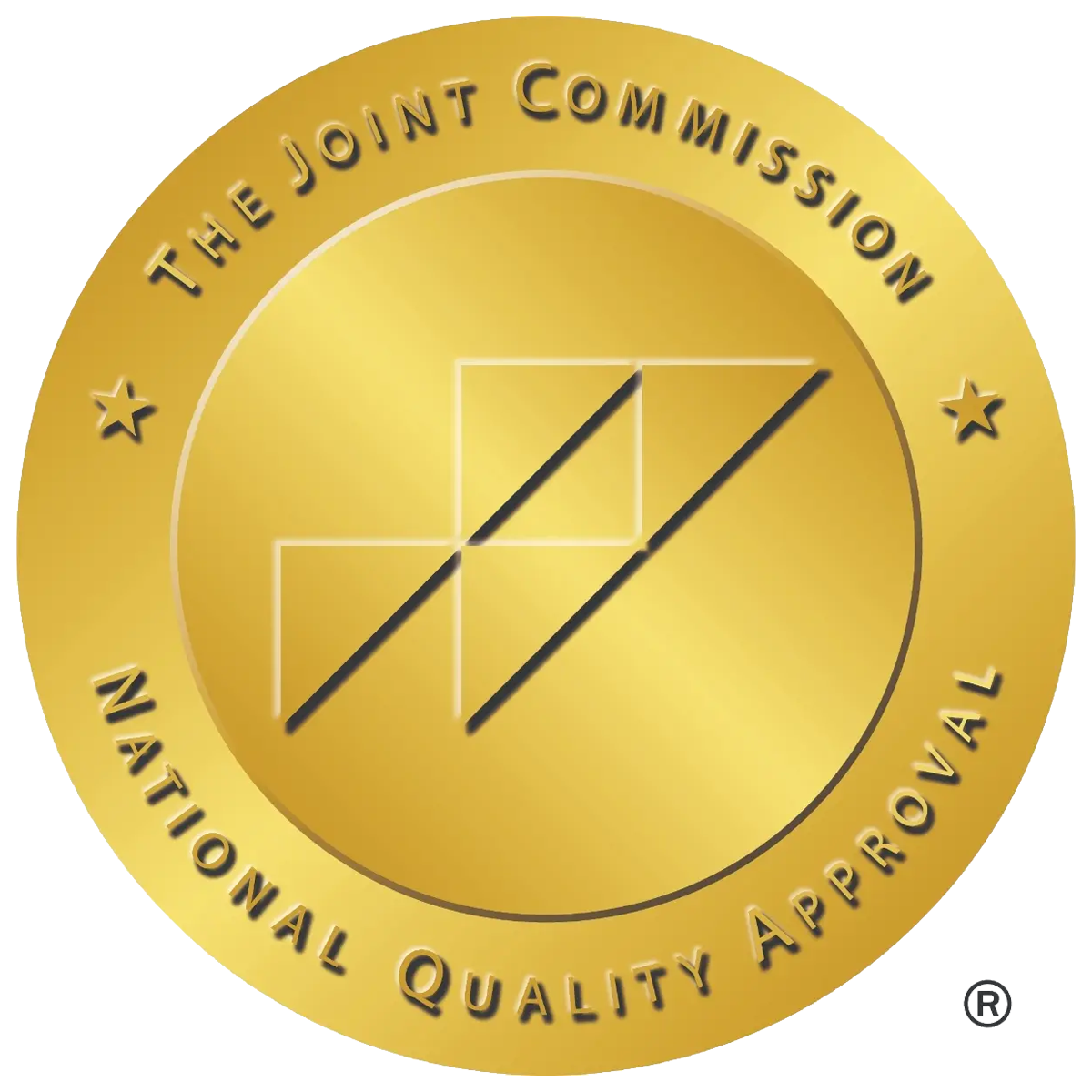Alcohol Abuse and Addiction: Side Effects, Detox, Withdrawal, and Treatment
Table of Contents
Understanding Alcohol Addiction
Alcohol addiction isn’t just about drinking too much—it’s a chronic disease that affects both body and mind. From physical dependence and withdrawal to emotional turmoil and impaired daily functioning, the impact can be profound. At Nova Recovery Center, we approach alcohol addiction with compassion and clinical expertise, combining medical detox, evidence-based therapies like cognitive-behavioral therapy (CBT), and ongoing support to address the root causes of addiction. Our goal is not just to stop the cycle of use, but to help individuals build healthier habits, improve mental wellness, and sustain lifelong recovery.
About Alcohol
Alcohol is a chemical compound found in beverages such as wine, beer, and spirits. It is created when yeast ferments or breaks down the sugars in various food products, such as grapes, apples, and grains.
In lower doses, alcohol acts as a stimulant drug, increasing sociability and feelings of euphoria. In larger doses, it acts as a central nervous system depressant, impairing coordination, slowing reflexes and breathing, distorting vision, impairing judgment, and causing memory lapses or blackouts.
Alcohol is a commonly used drug and can be found in grocery stores, pharmacies, bars, and liquor stores all across the country. In America, it is common for alcohol to be present at celebratory events, formal occasions, parties, and other social gatherings.










What Are Street Names for Alcohol?
- Booze
- Liquid courage
- Sauce
- Vino
- Hard stuff
What Is Alcohol Abuse?
Having an alcoholic beverage every once in awhile is very unlikely to cause addiction or have severe physical effects, but many people engage in unhealthy drinking behaviors such as binge drinking and consistent heavy drinking. Drinking too much alcohol can have negative health effects and lead to addiction.
The Centers for Disease Control and Prevention (CDC) provides the following definitions and guidelines for healthy and unhealthy drinking behaviors.
A standard drink: A standard drink in the United States contains 0.6 ounces of pure alcohol.
Moderate drinking: One drink per day for women and two drinks per day for men is considered moderate drinking.
- Excessive drinking: This behavior includes any inappropriate drinking habits. It covers heavy drinking, binge drinking, and drinking by underage people or pregnant women.
- Binge drinking happens when a woman has four or more drinks at one time. It also applies to a man who has five or more drinks at once.
- Heavy drinking: Women who drink more than eight times a week and men who drink more than 15 times a week are heavy drinkers.
Unhealthy drinking habits that become severe are diagnosed as Alcohol Use Disorder or AUD. This disorder is characterized by chronic, uncontrollable abuse of alcohol and is defined as a chronic relapsing brain disease.
The National Institute on Alcohol Abuse and Alcoholism (NIAAA) says millions of adults in America have AUD. More than 600,000 teens in America also have it. Alcohol abuse is a very common problem in the United States. However, less than 10 percent of people get treatment for it.
Alcohol Addiction: Texas Trends and Statistics
The impact of alcohol addiction is felt in every state in America, leaving no city or community completely untouched. Recovery Austin Texas programs have seen an increase in admissions throughout the past couple of years. Research shows that alcohol use rates in Texas are similar to national rates. This means alcohol addiction is a big problem for the state. Alcohol rehab in Texas is important because many people struggle with alcohol abuse.
The University of Texas at Austin published a report. It showed important statistics about alcohol use in Texas
- 13–15% of Texas secondary school students (grades 7–12) reported drinking alcohol within the past month.
- About 20% of high school students said they had consumed alcohol in the past 30 days.
- Roughly 13% of high school students admitted to binge drinking during that same period.
- Around 44% of Texans aged 12 and older reported drinking alcohol in the past month.
- Nearly 22% of Texans reported binge drinking in the most recent statewide survey.
- Approximately 14% of Texans aged 12–20 said they drank alcohol in the past month.
- About 7% of underage drinkers reported engaging in binge drinking behavior.
- Alcohol remains one of the most common reasons for treatment admissions in Texas, with men accounting for about 69% of alcohol-only admissions and women making up around 31%.
- Roughly 18% of adults in Texas report excessive drinking.
- In major counties like Collin and Dallas, heavy or binge drinking affects between 17% and 21% of adults..
These statistics are an important reminder of how important recovery Austin texas is needed for people struggling with addiction.
Freedom Starts Here. Take Back Your Life Today.
Same-Day Admissions in Austin Available.
Texas Drunk Driving Incidents
According to information provided by Mothers Against Drunk Driving, drunk driving is a serious problem in Texas.
- Texas has the highest rate of drunk driving deaths in the nation.
- Driving fatalities resulting from alcohol reached 1,449 in 2015, which accounted for 40.9% of all percent traffic deaths.
- For the same year, the total number of alcohol-related crashes and injuries was over 40,000.
- Car accidents involving alcohol resulted in 99,195 arrests and 71,030 DUI convictions.
To combat these devastating statistics, Texas passed an all-offender ignition interlock bill in 2015. This bill mandates the use of technology to prevent convicted drunk drivers from operating a vehicle. The ignition interlock is a device about the size of a cell phone that is wired into the ignition system of a vehicle. The driver must blow into the device to start their vehicle. If they have a measurable amount of alcohol in their system, the vehicle will not start.
What Is the Economic Impact of Alcohol Addiction?
The U. S. Centers for Disease Control and Prevention estimated that excessive alcohol use cost the nation over $250 billion in 2010. That suggests a huge drain on the American economy. In 2013, Texans spent about $26.5 billion on public healthcare costs. This is $703 for each resident. This money went to cover lost productivity and other issues from heavy alcohol use.
Related Topics or Scroll Down to Continue Reading
What Are the Side Effects of Alcoholism?
Alcohol impacts just about every organ in the human body. It has a wide range of short-term and long-term effects and ongoing alcohol abuse can lead to severe and even life-threatening medical conditions.
Immediate short-term alcohol abuse effects include
- Impaired judgment
- Lack of coordination
- Slurred speech
- Distorted vision
- Memory loss
- Flushed skin
- Loss of physical balance
- Mood swings
- Loss of consciousness
Long-term alcohol abuse effects include
- High blood pressure
- Heart disease
- Irregular heartbeat
- Stroke
- Liver disease
- Pancreatitis
- Cancer
- Weakened immune system
- Malnourishment
- Birth defects
- Physical dependence
- Addiction
Alcohol abuse also increases the risk of violence, physical injuries, risky sexual behaviors, and miscarriages.
More Time. More Joy. More You. Start Now.
WE ACCEPT MOST INSURANCES







What Are the Signs of Alcohol Addiction?
- Genetics – People with a parent or close relative who has alcohol addiction are more likely to develop it too. Research has shown that this may be influenced by genetic factors.
- Environment – Certain factors put children and adolescents at greater risk for developing an addiction later in life.
These factors include:
- Lack of parental supervision
- Poverty
- Friends who use drugs
- Aggressive behavior early in life
- Easy access to addictive substances
- Age – Individuals who begin drinking at a younger age are more likely to develop alcohol use disorder.
- Excessive drinking habits can be harmful. People who binge drink or drink a lot often may develop a tolerance. They may also become physically dependent on alcohol or face alcohol use disorder.
- Mental health problems – Individuals with anxiety, depression or other mental health problems also frequently struggle with substance abuse issues.
- Experiencing strong cravings or urges to drink alcohol.
- Being unable to limit alcohol consumption.
- Neglecting other obligations at home or work as a result of unhealthy drinking habits.
- Getting into dangerous or life-threatening situations while under the influence of alcohol.
- Continuing to drink despite the harmful consequences it is causing.
- Needing more alcohol to achieve the desired effect.
- Having withdrawal symptoms when the effects of alcohol begin to wear off.
If you or a loved one has experienced one or more of the above symptoms, your drinking habits are a cause for concern and you should seek help.
Alcohol Detox and Withdrawal
Alcohol addiction and AUD is a life-threatening condition that should be taken very seriously. Although it may seem impossible, alcohol addiction can be overcome with a comprehensive addiction treatment program and continued care.
For most individuals, the first step in a comprehensive alcohol addiction treatment program is an alcohol detox program. Some people might want to detox at home, but this is not a good idea. Alcohol withdrawal can be very dangerous and hard to predict. Also, people who try to detox from alcohol at home are less likely to succeed. This is especially true if they can easily get alcohol. For a safe medical start, our alcohol detox center in Austin provides physician‑supervised withdrawal and direct hand‑off to treatment.

What Are Alcohol Withdrawal Symptoms?
- Anxiety
- Depression
- Insomnia
- Nausea
- Vomiting
- Irritability
- Headache
- Loss of appetite
- Rapid heart rate
- Severe cravings
The safest and most comfortable way to detox from alcohol is by enrolling in a medically assisted alcohol detox program. Medically assisted detox programs provide clients with 24/7 monitoring and treatment to reduce or eliminate any uncomfortable withdrawal symptoms they experience throughout the detox experience.
Alcohol Withdrawal Timeline
- 8 hours after the last drink: Symptoms of withdrawal begin to appear. Early symptoms typically include nausea, insomnia, abdominal pain, and anxiety.
- 1 to 3 days after the last drink: Confusion is common. You may also have high blood pressure, an irregular heartbeat, and a higher body temperature.
- 4+ days after the last drink: Agitation, hallucinations, seizures, and fever may occur at this stage.
- 5-7 days after the last drink: Most withdrawal symptoms decrease and taper off at this time. In some cases, some symptoms may persist for weeks if they are left untreated.
Freedom Starts Here. Take Back Your Life Today.
Same-Day Admissions in Austin Available.
Long-Term Rehab for Alcohol Addiction
According to the NIDA, long-term rehab of 90 days or longer is associated with more positive treatment outcomes. For people addicted to alcohol, a 90-day inpatient rehab program offers time to adjust to a sober life. They can learn and practice important coping skills to stay sober after rehab. The program also helps them build a strong support network for recovery.
In inpatient alcohol rehab, clients join a program that combines therapy, 12-step interventions, and education on chemical dependency. This program helps identify and change negative behaviors. It also addresses related problems and trauma that contribute to substance abuse. Clients learn skills to stop current substance abuse and prevent it in the future.
During inpatient rehab, clients stay in a comfortable treatment center for a long time. They work with addiction counselors, therapists, recovery specialists, and peers to beat their alcohol addiction. This time in treatment also helps them heal physically. The body needs time to recover from the abuse and neglect caused by addiction. To help with physical healing, we serve nutritious meals every day. Clients must also take part in daily exercise.
The cost for long-term inpatient alcohol rehab will vary based on the rehab center. Many alcohol rehab centers will work with a client’s insurance provider to lower the cost of rehab. Other payment options may include third-party healthcare loans, Employee Assistance Programs (EAP), or reduced out-of-pocket payments.
Continued Care Options for Alcohol Addiction Treatment
Sober Living
After 90 days in alcohol rehab, a person may decide to keep getting help by joining a sober living program. Gender-specific transitional housing programs help clients adjust to sober living. They offer recovery support services like peer AA, NA, or 12-step meetings. Other services include personal monitoring, education, employment help, and regular drug and alcohol testing.
These recovery support services can also be combined with intensive outpatient programs to maximize the benefits of each. While in a sober living program, clients stay in a clean and safe home. They live with others who are also in recovery. This type of structured group home is a safe, sober place. Here, individuals can practice life skills and coping strategies from rehab. They also learn how to stay sober for the long term.
Payment for sober living houses is due every month, like rent. The cost of the program can change. It depends on the extra recovery services available. It also depends on whether the client is in Intensive Outpatient Program (IOP). Additionally, the type of sober living home matters.
Aftercare Programs
Many people who have been sober for months can still get help. This is especially true for those who have completed detox, inpatient rehab, IOP, and a sober living program. They can join an aftercare program for continued support. These programs are designed for rehab graduates who use regular meetings with their peers as sobriety check-ins.
These meetings are usually held every week. They are very helpful for people who need support and accountability in sober life. Alcohol addiction is a chronic disease that individuals in recovery will need to face daily. Recovery is a lifelong journey. There is no easy “cure” for addiction. Aftercare programs and peer support are key to staying sober for a long time.
Frequently Asked Questions About Alcohol
What is alcohol?
Alcohol, or ethanol, is a central nervous system depressant found in beer, wine, and spirits
Is alcohol a depressant?
Yes—alcohol slows brain activity by enhancing GABA neurotransmitters, causing relaxation, sedation, and impaired coordination
How does alcohol affect the body?
In the short term, it causes intoxication, poor judgment, and dehydration. Long-term use can harm the liver, heart, and brain. It can also raise cancer risk and lead to dependency
Can alcohol cause cancer?
Yes, ethanol is a Class 1 carcinogen. It is linked to several cancers, including mouth, throat, liver, and breast. There is no safe level of consumption
What are the health benefits of quitting alcohol?
Quitting improves sleep, heart and liver health, lowers blood pressure, boosts mental clarity, immune function, and reduces cancer risk
What is a standard drink?
A standard drink typically contains 12 oz of beer, 5 oz of wine, or 1.5 oz of spirits (about 10–15 g of ethanol)
More Time. More Joy. More You. Start Now.
WE ACCEPT MOST INSURANCES







Our Drug and Alcohol Rehab Services in Texas
Freedom Starts Here. Take Back Your Life Today.
Same-Day Admissions in Austin Available.
Nova’s Comprehensive Continuum of Care Plan
90-Day Residential Alcohol and Drug Rehab

Our 90-day residential drug and alcohol rehab in Austin center provides a safe, comfortable, and supportive space for you to heal, learn, and recover. Unlike other 30 or 60-day programs, our long-term rehab program gives you more time to adjust to a new way of living, more time to practice the mental and spiritual tools you will use outside of rehab, and more time to acclimate into a recovery community. This 90-day time span promotes genuine and lasting change for sobriety that lasts long after inpatient rehab ends.
Drug and Alcohol Detox

Our medical detox programs treat all kinds of addictions and are tailored to meet your individual needs. We use a comprehensive assessment to design a personalized detox program that will ensure your comfort and safety throughout the withdrawal process. You’ll also have the opportunity to begin individual and group therapy to address any emotional issues and prepare for the transition into a rehab program. We believe this process provides the best foundation for continued sobriety.
Aftercare Program and IOP

Our Intensive Outpatient and Aftercare programs are designed to assist those who have graduated from our inpatient residential facility. Group sessions are available in Austin and Houston and provide structured addiction treatment sessions and recovery counseling in a safe, clinical setting. The first year of recovery can be difficult, but these support groups provide consistency, accountability, and peer support at a time when it’s needed most.
Sober Living Apartments

The transition from a residential rehab center into independent sober life is littered with obstacles. For this reason, we provide sober living homes and support programming for clients who need continued support as they make the transition. With regular drug and alcohol screenings, one-on-one sobriety coaching, and a safe, comfortable place to practice relapse prevention strategies, our sober living program is key to achieving an independent, substance-free life.
More Time. More Joy. More You. Start Now.
WE ACCEPT MOST INSURANCES















